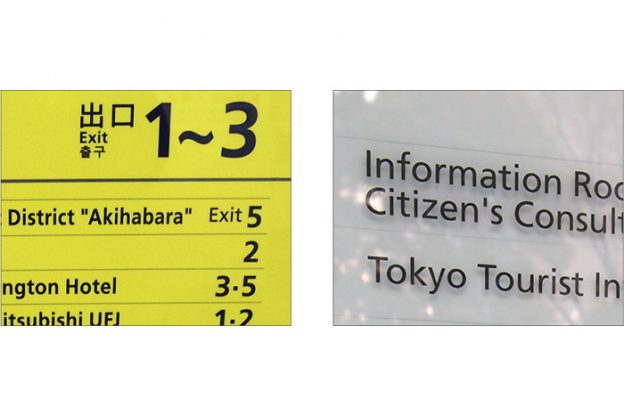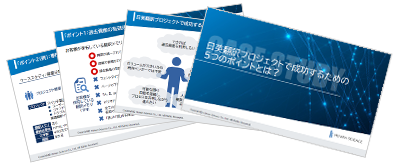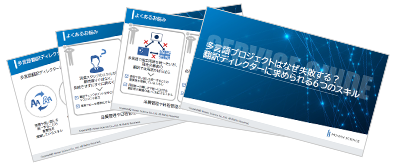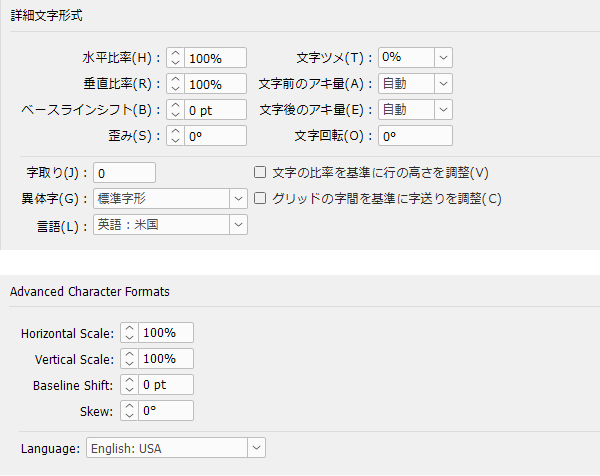What do you think of this layout?
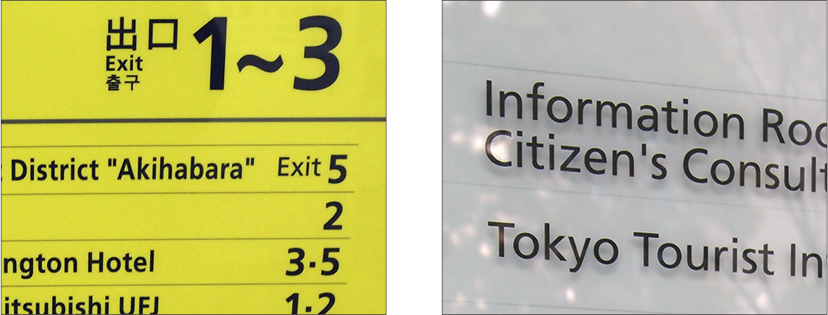
I would like to make corrections because there are some issues with this layout. How should I modify it to improve?
>>Translation Services from Human Science, a Localization Company
>>Related Materials: Nine Cases of Machine Translation Errors and Post-Editing & Post-Editing Checklist
Disadvantages
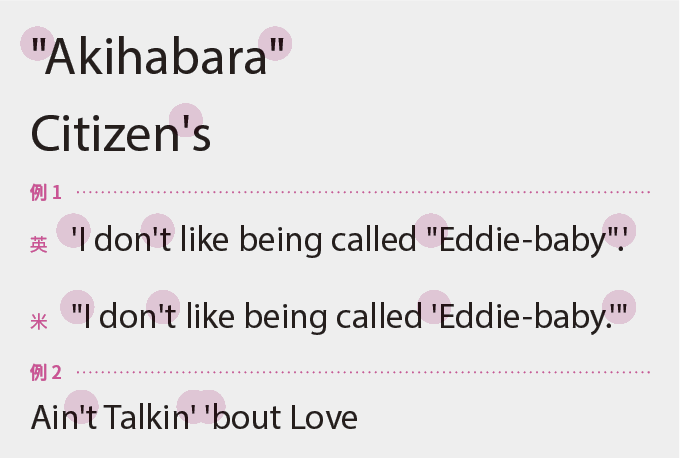
Improvement Proposals
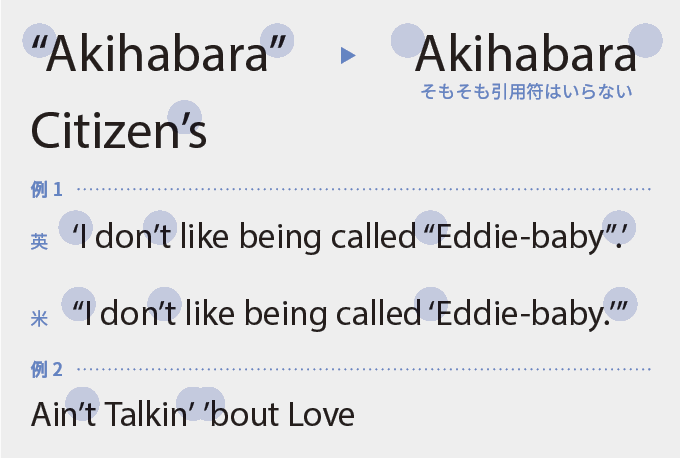
Quotation marks are used not only for quotes and dialogue but also to imply sarcasm or hidden meanings rather than their literal meaning. They are not commonly used for emphasis. Therefore, enclosing "Akihabara" in quotation marks seems a bit strange, doesn't it? It might invite unnecessary doubts like, "Aren't you going to the outskirts of a place called 'Akihabara'?" An apostrophe indicates the omission of sounds (letters).
Replace dumb quotes with proper quotes
Straight quotes ' and " are symbols derived from typewriters that are sometimes referred to as dumb quotes. To simplify the keyboard, they were created by averaging the opening quotes (‘/“) and closing quotes (’/”). Dumb quotes are not typographic characters. While they may be used in coding for machines, they are not used in typesetting for human reading.
If dummy quotation marks are used in the text manuscript, they need to be replaced with proper quotation marks during typesetting. If left as is unknowingly, it can make the text difficult to read as the shapes of the opening and closing quotes will be the same, and it ignores the differences in shapes for each language. Additionally, it may give the reader a negative impression that the replacement was not known, forgotten, or done carelessly.
The official quotation marks are called smart quotes, and in English, we use the single quote ‘’, which is a rotated form of a comma raised from the baseline, and the double quote “”, which consists of two of them stacked. The usage differs between American and British English (Example 1). The apostrophe ’ is used regardless of its position at the beginning, middle, or end of a word (Example 2).
Quotation marks vary by language
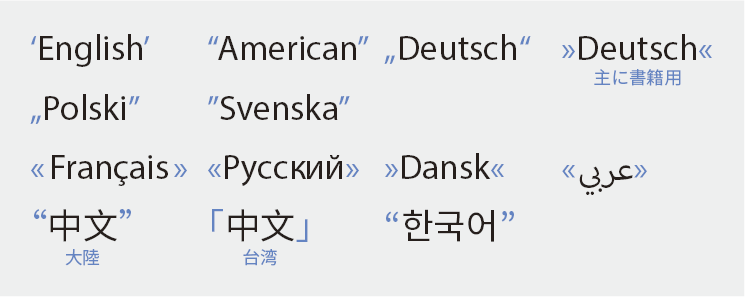
Quotation marks differ not only between British and American English but also among languages. Ignoring these differences can make it difficult for readers to understand or may give the impression of carelessness. Instead of standardizing to English or using silly quotation marks, let's respect the differences in each language and use them accurately. This will enhance both the readability for the audience and the reliability of the document.
Frequently Asked Questions
Q: I checked with a local native speaker, and they said that using dumb quotes is fine. So, it's okay not to replace them, right?
A: No. Just as not all Japanese people are familiar with Japanese typesetting, being a local does not necessarily mean one is knowledgeable about typesetting in the local language. Please confirm with someone who has knowledge of typesetting. It is strange to bring compromises born from typewriter limitations into the world of typesetting.
Q: The BBC has been using silly quotation marks on their TV and website. Isn't it okay not to replace them?
A: If you are involved in BBC program production or website development, I think that's fine. However, formal quotation marks are used in BBC print materials. It seems that the BBC has some reasoning behind deliberately differentiating their usage. I couldn't find out the reason, but at least they are not using silly quotation marks thoughtlessly.
>>Translation Services from Human Science, a Localization Company
>>Related Materials: Nine Cases of Machine Translation Errors and Post-Editing & Post-Editing Checklist
Main Reference Materials
Akira Kobayashi, "The Wonders of Fonts," Bijutsu Shuppansha, 2011
Konto Yoko, "Common Mistakes When Dealing with Western Fonts," CSS Nite LP21 (Seminar), 2012
https://cssnite.jp/archives/post_2378.html

